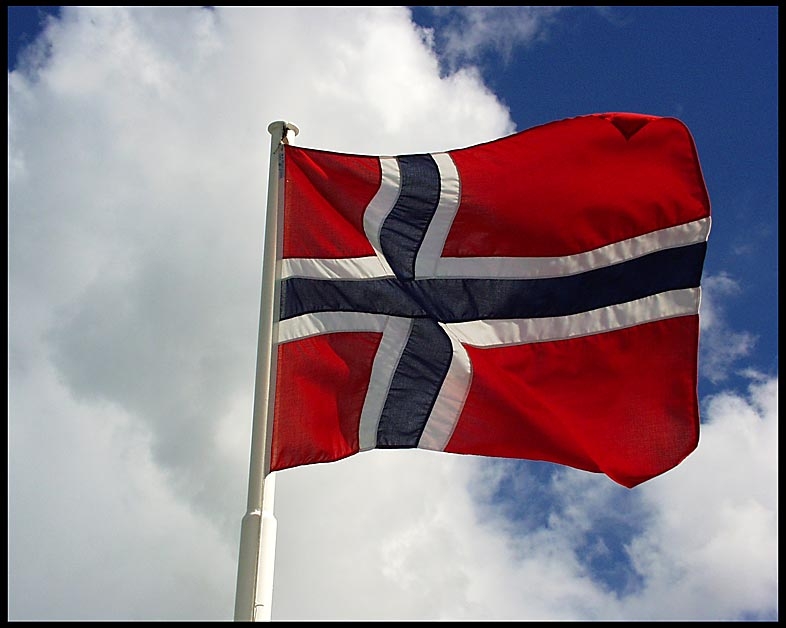
Aboriginal Youth and the Canadian Workforce
The RBC Stay in School Program
Talk to any advocate for Aboriginal rights and you will hear that a good education and steady employment are what Aboriginal youth need to succeed in the Canadian workforce, and the Royal Bank of Canada (RBC) is active on both fronts. RBC provides educational support and incentives to youth in Aboriginal communities while working to increase the representation of Aboriginal people within the company through proactive recruitment and retention programs. Take the Aboriginal Stay in School Program for example.
Launched in 1993, the Program has provided summer employment opportunities to over 500 Aboriginal high school students across Canada. The project has allowed these students to experience the challenges and rewards of working as a Client Service Representative at an RBC branch.
“RBC understands the crucial role a good education plays in helping Aboriginal youth achieve success in life,” says Dale Sturges, RBC’s National Director of Aboriginal Markets. “We also understand that one of the most important outcomes of a good education is a meaningful job. For that reason, we provide educational support and incentives through our Aboriginal Stay in School Program.”
Participants in the program are given the chance to work at an RBC branch for one month during the summer. The students experience a minimum of three weeks of specialized training as a Client Service Representative followed by one week learning about administrative areas within the RBC branch network. This allows them to develop the skills needed to succeed in the careers of their choice and understand what minimum qualifications are required to work in the field.

“The goal of the Program is to encourage Aboriginal students to complete their secondary education, to develop the skills necessary for future employment and to explore career opportunities in the financial sector,” explains Sturges. “Students who participate in the program leave with a better understanding of the requirements of working in the financial industry and the relationship between education and employment.”
Some RBC branches conduct interview skill workshops at Aboriginal high schools and friendship centers to help students through the recruitment process. The Program is also a great bounceboard as some of the students are hired permanently by RBC once they have graduated from high school.
This program is regionally managed based on local recruiting needs. In some areas of Canada, a 4-month program is also available to post-secondary students entering their last or second-last year of school.
In addition to the Stay in School Program, RBC provides incentives through sponsorships, donations and grants that support Aboriginal youth literacy and education. In 2010, for example, the RBC Foundation donated over $1.2 million to support educational initiatives aimed at providing opportunities for Aboriginal youth. This included a $300,000 donation to the Martin Aboriginal Education Initiative, a program aimed at encouraging youth to stay in school.
RBC is an employer of choice with progressive policies, a strong commitment to diversity and a culture of employee engagement. In 2010, Aboriginal people made up 1.6% of RBC’s workforce, one of the highest rates of Aboriginal representation among Canadian financial institutions.
For more information on the Aboriginal Stay in School Program, visit www.rbc.com/careers/stay_in_school.









